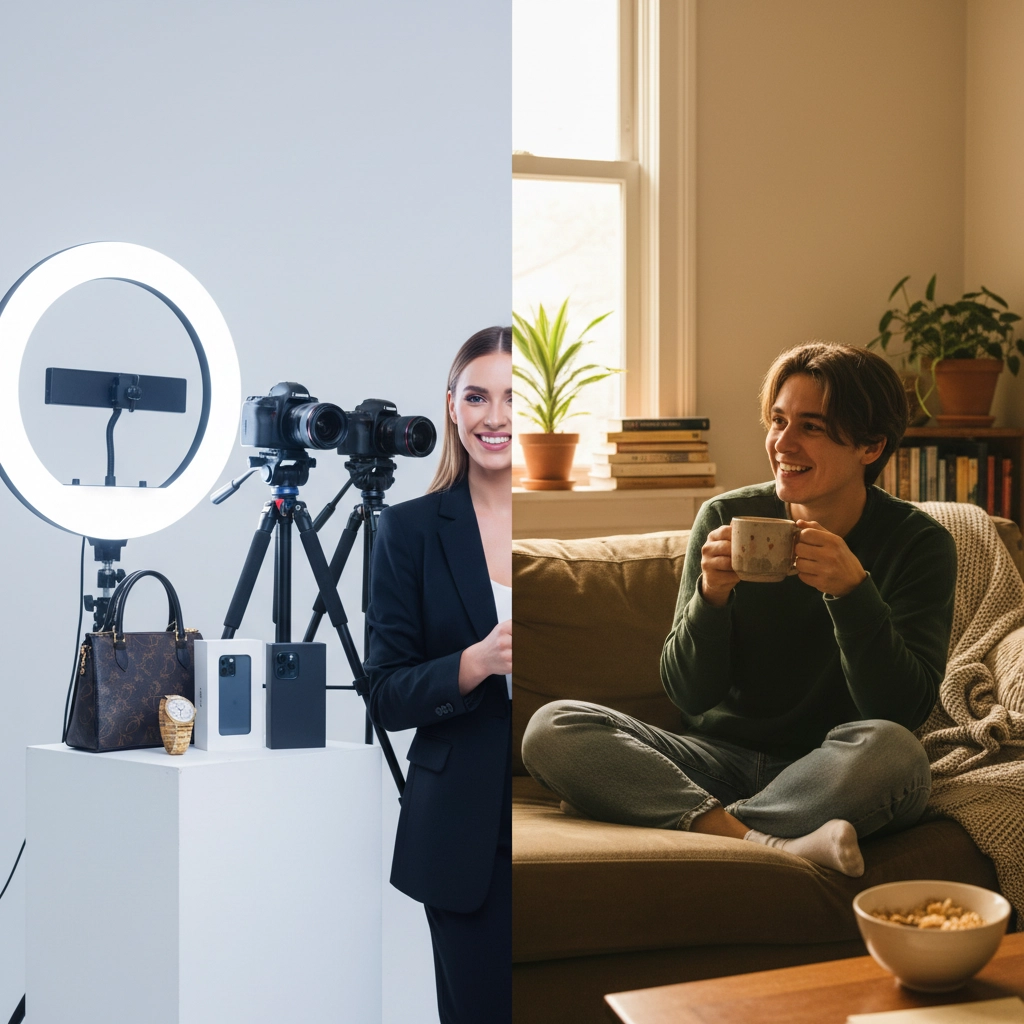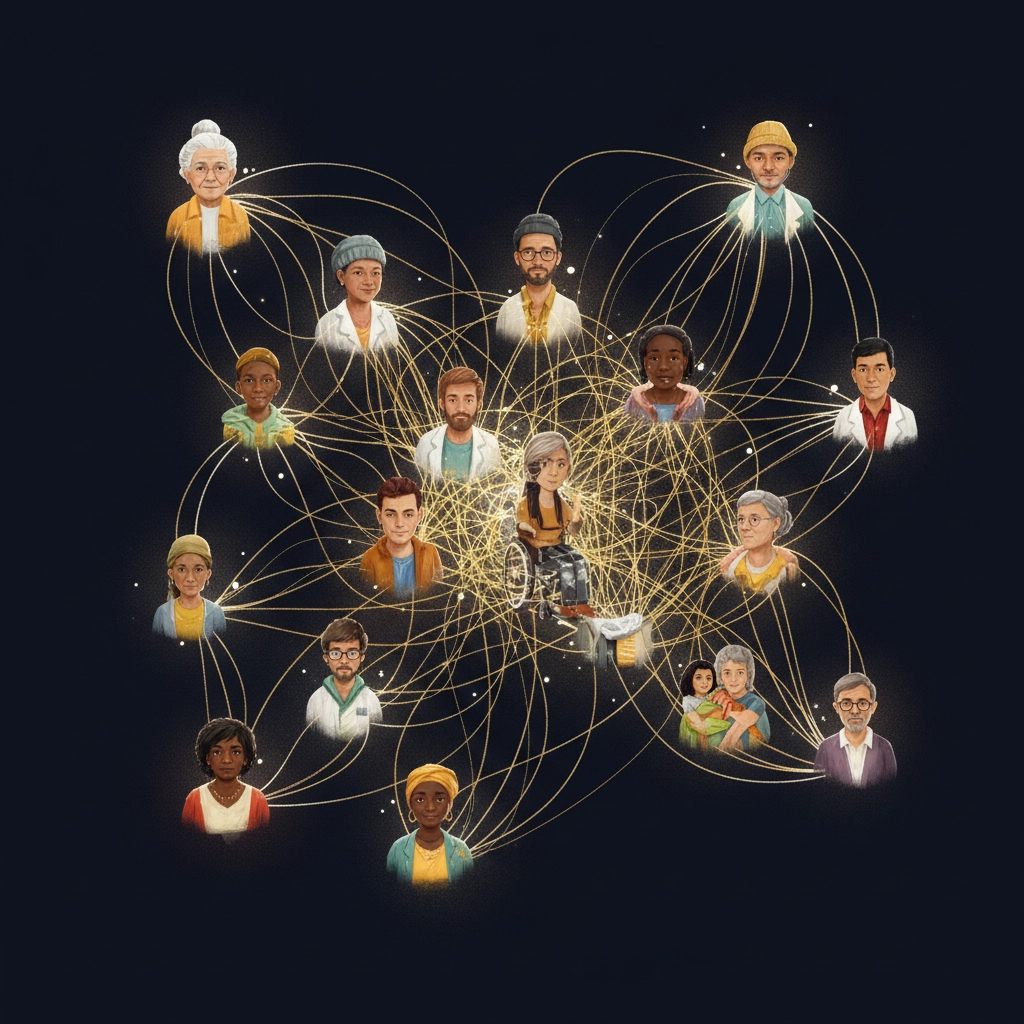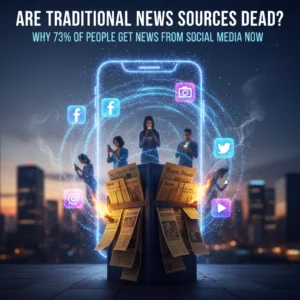Ever heard of someone with 3,000 Instagram followers making more money than influencers with millions? Welcome to 2025, where smaller really is better.
While mega-influencers are losing their grip on audiences, a quiet revolution is happening. Nano influencers – people with just 1,000 to 10,000 followers – are stealing the show. They're not just changing social media marketing. They're completely flipping it on its head.
What Makes These "Small" Influencers So Powerful?
Here's the thing about nano influencers: they're your neighbors, coworkers, and that friend who always knows the best coffee spots. They're not trying to be Instagram perfect. They're just being real.
Sarah from Portland has 4,200 followers who hang on her every word about sustainable fashion. When she recommends a thrift store find, it sells out locally within hours. Meanwhile, a celebrity with 2 million followers posts about the same brand and barely moves the needle.

The secret? Trust. Sarah's followers actually know her. Some went to college with her. Others met her at local events. When she says something's good, they believe it because they've built a real relationship.
Unlike their mega counterparts who feel distant and unattainable, nano influencers maintain genuine personal connections. Their content feels like getting advice from a trusted friend rather than watching a commercial. And in our ad-saturated world, that authenticity is pure gold.
The Numbers Don't Lie: Small Audiences, Big Impact
Let's talk engagement rates, because they'll blow your mind:
• Nano influencers average 7-9% engagement rates
• Micro influencers (10K-100K followers) get around 3-5%
• Macro influencers (100K-1M) struggle with 1-3%
• Mega influencers (1M+) often see less than 1%
Think about it. Would you rather reach 1 million people who scroll past your content, or 5,000 people who actually stop, read, and take action? The math is pretty clear.

This hyper-engagement happens because nano influencers focus on specific niches. They're not trying to please everyone. Jessica talks exclusively about plant-based cooking for busy parents. Marcus covers vintage sneaker restoration. Their audiences are small but incredibly targeted and passionate about those topics.
Brands are catching on fast. Instead of paying $50,000 for one macro influencer post, they're working with 50 nano influencers for the same budget. The result? Better ROI, more authentic content, and actual sales.
Why Consumers Are Ditching Celebrity Influencers
Remember when Kim Kardashian promoted that cryptocurrency and it tanked spectacularly? Or when multiple fitness influencers got caught promoting dangerous diet products? These scandals didn't just damage individual reputations – they made consumers skeptical of all mega-influencer content.
People started asking tough questions. Does this person actually use this product? How much did they get paid to say this? Can I trust someone who promotes five different brands in one week?

Meanwhile, nano influencers were quietly building trust through consistency and authenticity. They post about products they genuinely use. They admit when something doesn't work. They answer DMs personally instead of having teams manage their accounts.
Social media algorithms have also democratized content distribution. TikTok's algorithm particularly favors authentic, community-driven content over polished advertisements. This means a nano influencer's genuine product review can reach the same audience as a celebrity's sponsored post – sometimes even more people.
The result? Consumers are actively seeking out smaller, more authentic voices. They're unfollowing celebrities and following real people who share their interests and values.
The Local Connection That Changes Everything
Here's where nano influencers really shine: local influence. While mega influencers appeal to global audiences, nano influencers dominate their local communities.
Take Marcus, a 28-year-old food blogger in Austin with 6,800 followers. When he posts about a new taco truck, lines form the next day. When he shares a recipe using ingredients from a local farmer's market, vendors sell out. His influence is geographically concentrated but incredibly powerful within that area.
This local connection creates opportunities that big influencers can't touch. Small businesses can partner with nano influencers to build genuine community presence. A local gym working with neighborhood fitness enthusiasts will see better results than partnering with a distant fitness celebrity.

The COVID pandemic accelerated this trend as people focused more on supporting local businesses and connecting with their immediate communities. Nano influencers became trusted sources for discovering neighborhood gems, local events, and community initiatives.
The Business Side: Why Brands Are Going Nano
Let me share a story that perfectly captures this shift. Last year, a small skincare startup had a choice: spend their entire marketing budget on one macro influencer or work with 30 nano influencers. They chose the nano route.
The results? The macro influencer's post got 50,000 likes but generated only 200 website visits and 12 sales. The 30 nano influencers collectively got 15,000 likes but drove 8,000 website visits and 340 sales. Same budget, wildly different outcomes.
This isn't an isolated case. Brands across industries are discovering that nano influencer campaigns deliver:
- Higher conversion rates
- Better customer retention
- More authentic brand storytelling
- Cost-effective reach
- Genuine community building
The shift represents more than just a marketing trend. It's a fundamental democratization of influence in the digital age. Anyone with passion, authenticity, and consistency can build a meaningful following that impacts purchasing decisions.
What This Means for the Future
We're witnessing the birth of a new economy where influence isn't about follower count – it's about genuine connection and trust. This trend is reshaping how brands connect with consumers and how authentic voices can cut through social media noise.
The rise of nano influencers proves that in our oversaturated digital world, people crave authentic human connections. They want recommendations from people they can relate to, not distant celebrities pushing products they've never used.

As we move forward, expect to see more brands investing in nano influencer partnerships, more platforms creating tools specifically for smaller creators, and more consumers actively seeking out authentic voices in their areas of interest.
The question isn't whether nano influencers will continue growing – they will. The question is: in a world where anyone can build influence, what voice will you choose to follow?







